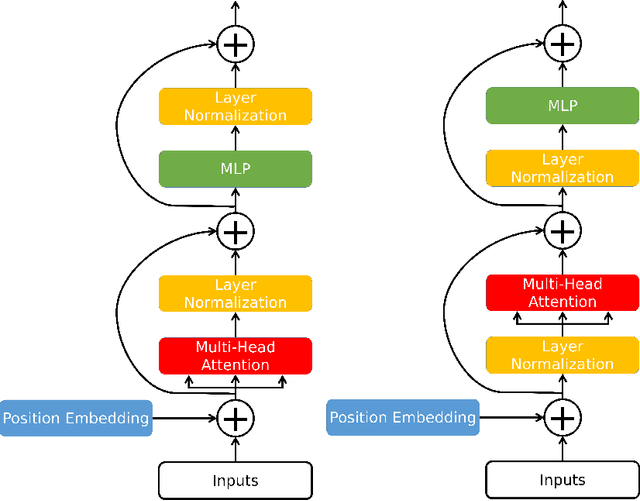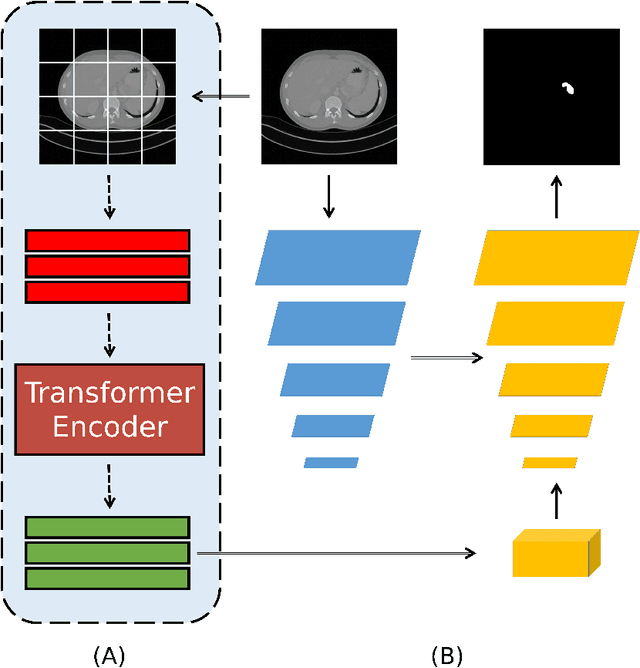Yonghong Zhang
Automatic laminectomy cutting plane planning based on artificial intelligence in robot assisted laminectomy surgery
Dec 26, 2023Abstract:Objective: This study aims to use artificial intelligence to realize the automatic planning of laminectomy, and verify the method. Methods: We propose a two-stage approach for automatic laminectomy cutting plane planning. The first stage was the identification of key points. 7 key points were manually marked on each CT image. The Spatial Pyramid Upsampling Network (SPU-Net) algorithm developed by us was used to accurately locate the 7 key points. In the second stage, based on the identification of key points, a personalized coordinate system was generated for each vertebra. Finally, the transverse and longitudinal cutting planes of laminectomy were generated under the coordinate system. The overall effect of planning was evaluated. Results: In the first stage, the average localization error of the SPU-Net algorithm for the seven key points was 0.65mm. In the second stage, a total of 320 transverse cutting planes and 640 longitudinal cutting planes were planned by the algorithm. Among them, the number of horizontal plane planning effects of grade A, B, and C were 318(99.38%), 1(0.31%), and 1(0.31%), respectively. The longitudinal planning effects of grade A, B, and C were 622(97.18%), 1(0.16%), and 17(2.66%), respectively. Conclusions: In this study, we propose a method for automatic surgical path planning of laminectomy based on the localization of key points in CT images. The results showed that the method achieved satisfactory results. More studies are needed to confirm the reliability of this approach in the future.
Deep Vision in Analysis and Recognition of Radar Data: Achievements, Advancements and Challenges
Feb 20, 2023Abstract:Radars are widely used to obtain echo information for effective prediction, such as precipitation nowcasting. In this paper, recent relevant scientific investigation and practical efforts using Deep Learning (DL) models for weather radar data analysis and pattern recognition have been reviewed; particularly, in the fields of beam blockage correction, radar echo extrapolation, and precipitation nowcast. Compared to traditional approaches, present DL methods depict better performance and convenience but suffer from stability and generalization. In addition to recent achievements, the latest advancements and existing challenges are also presented and discussed in this paper, trying to lead to reasonable potentials and trends in this highly-concerned field.
Transformer-Unet: Raw Image Processing with Unet
Sep 17, 2021



Abstract:Medical image segmentation have drawn massive attention as it is important in biomedical image analysis. Good segmentation results can assist doctors with their judgement and further improve patients' experience. Among many available pipelines in medical image analysis, Unet is one of the most popular neural networks as it keeps raw features by adding concatenation between encoder and decoder, which makes it still widely used in industrial field. In the mean time, as a popular model which dominates natural language process tasks, transformer is now introduced to computer vision tasks and have seen promising results in object detection, image classification and semantic segmentation tasks. Therefore, the combination of transformer and Unet is supposed to be more efficient than both methods working individually. In this article, we propose Transformer-Unet by adding transformer modules in raw images instead of feature maps in Unet and test our network in CT82 datasets for Pancreas segmentation accordingly. We form an end-to-end network and gain segmentation results better than many previous Unet based algorithms in our experiment. We demonstrate our network and show our experimental results in this paper accordingly.
 Add to Chrome
Add to Chrome Add to Firefox
Add to Firefox Add to Edge
Add to Edge